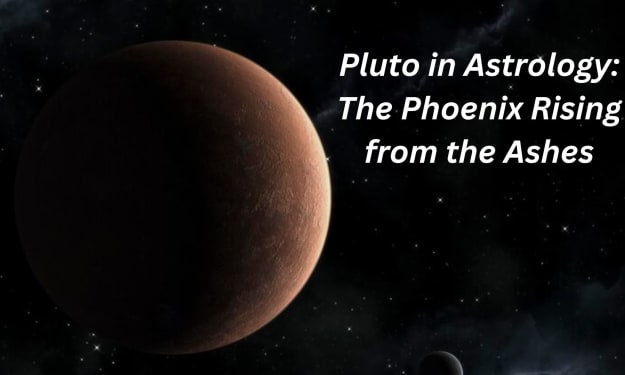Mysteries of Space
Journey to the stars!

Imagine a frozen world, ancient and around 4.5 billion years old. It receives minimal warmth from the Sun's rays and is covered in a thick layer of ice. This world, called Europa, is smaller than our moon but larger than Pluto. Europa is the sixth satellite of Jupiter and one of the largest moons in our solar system. What makes this distant place even more intriguing is the possibility of hosting life. Astronomers consider Europa one of the most promising locations in our solar system to search for new life forms. The reason behind this optimism is Europa's enormous saltwater ocean, estimated to have a depth of 40 to 100 miles. Though hidden beneath a layer of ice estimated to be 10 to 20 miles thick, this ocean is believed to be potentially habitable.
Astronomers propose that plumes of water erupt from cracks in the ice shell, releasing the contents of Europa's ocean into space. However, exploring this deep environment poses a significant challenge for any life-seeking missions. On a positive note, scientists have already found evidence suggesting the existence of shallower pools closer to the moon's surface, possibly less than a mile under the ice. This discovery increases the odds of life existing on Europa and makes it easier for future missions to find these potential life forms.
Interestingly, the breakthrough in discovering these shallow pools came by chance. The lead scientist, Riley Kohlberg, stumbled upon a presentation by a planetary scientist colleague who showed pictures of double ridges on Europa's surface. Kohlberg recalled seeing similar ridges on Earth, although they are much more abundant on Europa. Further studies indicated that these ridges on Jupiter's moon could result from a specific cycle similar to Earth's, where liquid water freezes and thaws within an ice sheet, causing upward movement and creating a two-peaked structure. If this process occurs on Europa, it could provide evidence of shallow waters on the moon. However, scientists are still uncertain about how the ice behaves on Europa due to differences in temperature, pressure, and chemistry. Consequently, they are unable to determine the depth, size, or duration of water pockets. Nevertheless, it is highly likely that such under-ice environments on Europa are protected from Jupiter's intense radiation, thereby increasing the potential for life.
Turning attention to Europa's ocean composition, the presence of saltwater is a significant aspect. Red streaks on the moon's surface might be caused by the chemical content of these plumes, which are likely a frozen mixture of water and salts. This composition is peculiar because it does not match any known substance on Earth. Additionally, yellow spots on Europa's surface might result from the presence of sodium chloride, commonly known as table salt. Scientists have attempted to recreate Europa's conditions in labs and discovered that by combining water, table salt, freezing temperatures, and high pressure, they could produce a new kind of solid crystal. This substance may exist at the bottom of Europa's ocean and on its surface. Despite these findings, researchers still lack comprehensive knowledge on Europa and hope to find answers to many questions by around 2030 when NASA's Europa Clipper mission is expected to reach the moon. This mission, along with the European Space Agency's Jupiter Icy Moons Explorer (JUICE), aims to investigate the potential for life on Europa.
Now, let's address the misconception about sound in space. Contrary to popular belief, space is not silent. While it is true that sound cannot propagate in the vacuum of space due to the absence of molecules to transmit sound waves, there are other ways to perceive sound in space. For instance, if there is an atmosphere or other forms of gas, water, or solid surfaces present on a celestial body, sound can exist. In such cases, the sound would be different from what we experience on Earth, given the varying atmospheric conditions. In the example of Venus, where the atmosphere is dense, sound would be amplified and have a different quality. On Earth, if our atmosphere were denser, sound would travel faster and better, resulting in a heightened auditory experience. Furthermore, in certain conditions, electromagnetic waves, such as radio waves, can transmit sound in space. These waves can travel in a vacuum, allowing communication between astronauts and spacecraft. However, it is important to note that most space scenes depicted in movies with sound effects are fictional, as sound cannot propagate in the vacuum of space.
In conclusion, Europa's potential as a habitable moon with its hidden ocean beneath a thick layer of ice continues to captivate astronomers and researchers. While many aspects of Europa remain unexplored, future missions hold the promise of shedding light on its mysteries. Additionally, the misconception surrounding sound in space is clarified, highlighting the various conditions under which sound can be perceived in space, such as through atmospheric presence or the transmission of electromagnetic waves.
About the Creator
Ervīns Stūrītis
My mission is to educate my dear readers with true, interesting and helpful information to make their daily lives easier.






Comments
There are no comments for this story
Be the first to respond and start the conversation.